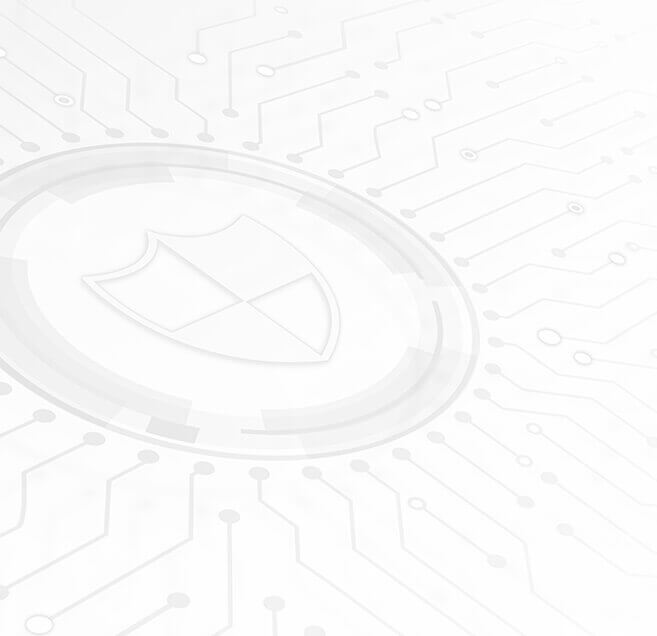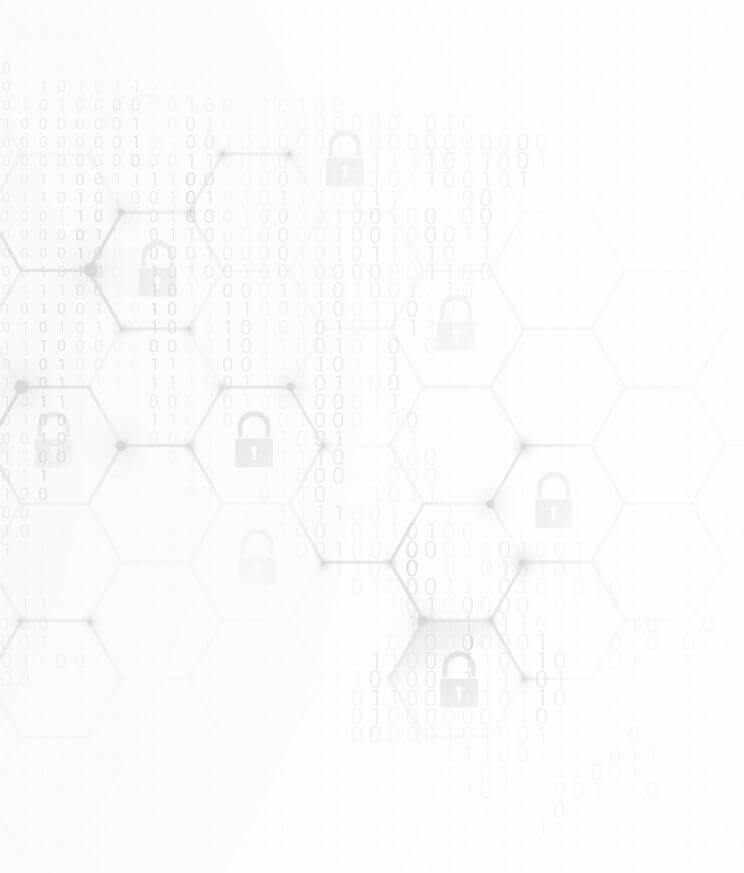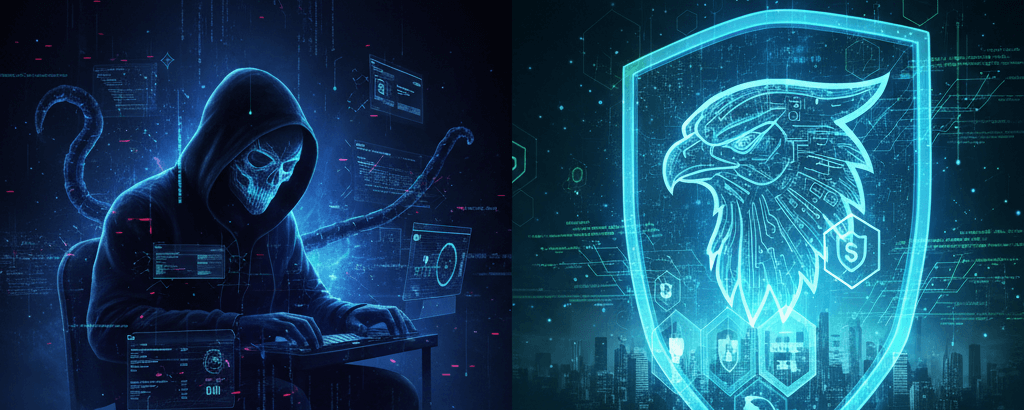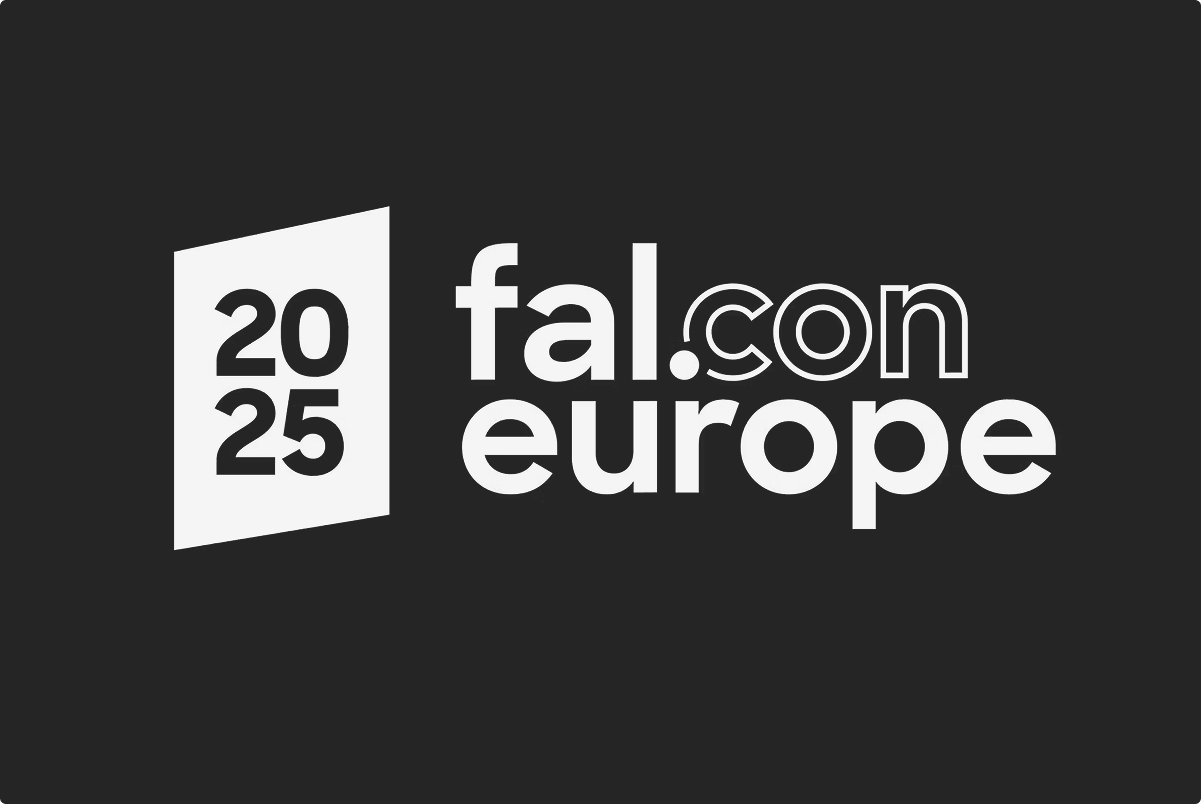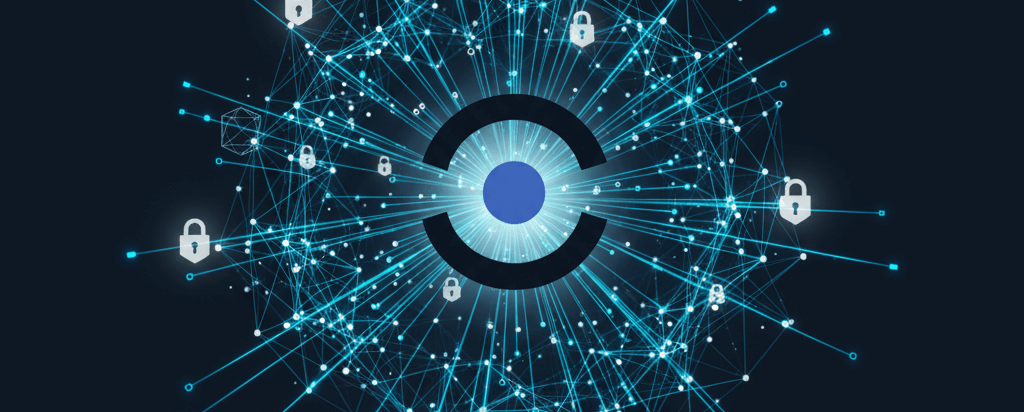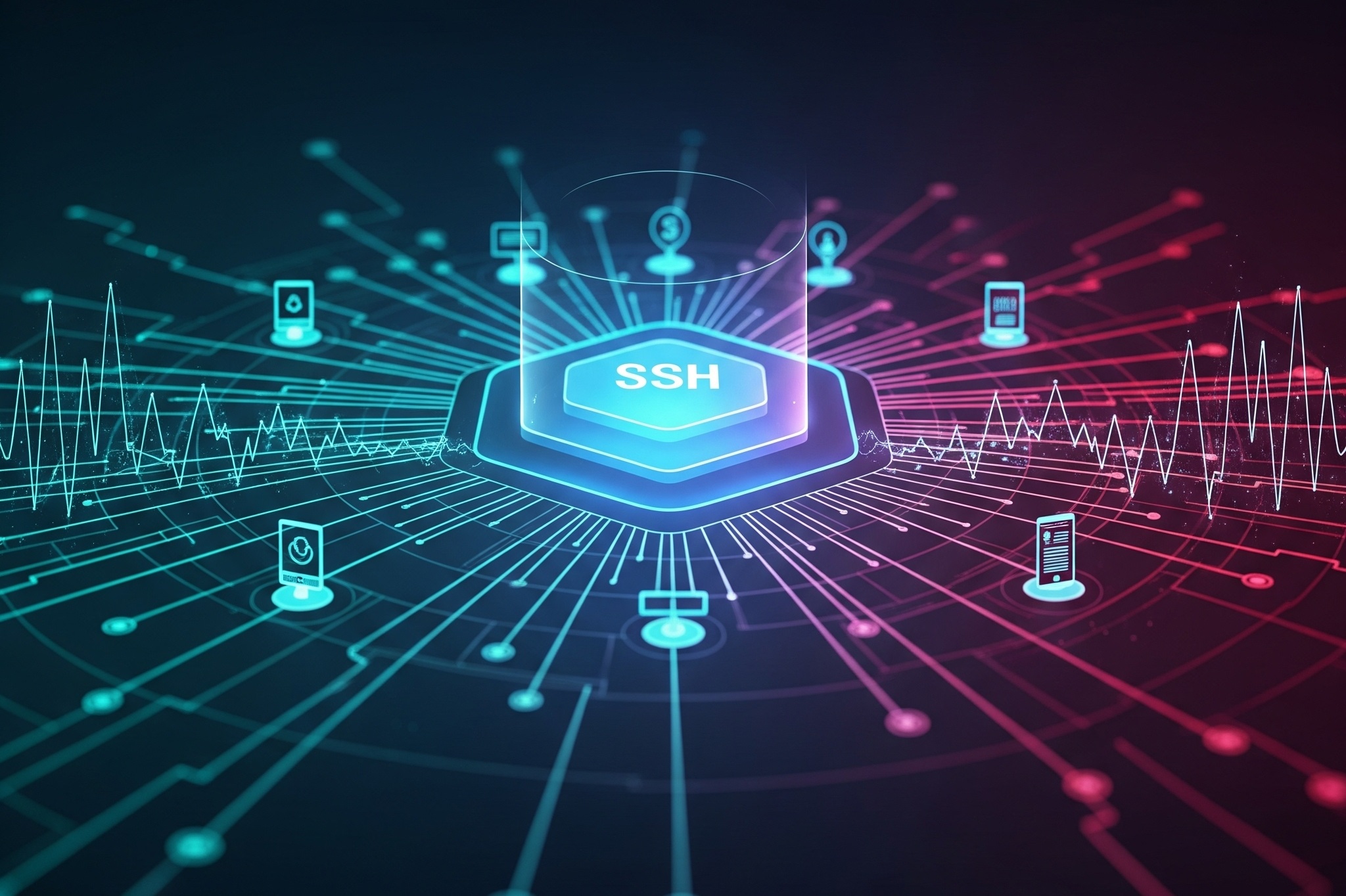
The digital world is poised for a cryptographic revolution but recent suggestions point to only 6% of the 186 million SSH servers globally currently employ quantum-safe encryption. Even within the more advanced OpenSSH ecosystem, this figure only limps to 20%. This lack of preparedness could result in profound security and compliance vulnerabilities that could trigger digital chaos.
Secure Shell (SSH) is the bedrock of secure remote access, file transfers, and command execution across networks. From critical IT infrastructure to the burgeoning realms of Operational Technology (OT), Internet of Things (IoT), and even sensitive medical devices, SSH acts as a primary gatekeeper. The reliance on cryptographic algorithms that are susceptible to quantum computer attacks is likely to present threats far beyond the widely publicised “harvest now, decrypt later” scenario.
Beyond “Harvest Now, Decrypt Later” (HNDL)
While the notion of adversaries collecting encrypted data today, patiently awaiting the advent of a cryptographically relevant quantum computer (CRQC) to decrypt it later, is a chilling prospect, the risks of non-adoption extend to immediate, tangible threats:
- Unauthorised Remote Access: Exploitation of public keys used for authentication. If current asymmetric encryption (like RSA or ECC) is broken by a CRQC, attackers could forge digital signatures, gaining unauthorised remote access to critical network assets, bypassing existing security measures.
- Tampering with Device-to-Device Communication: Decrypted traffic. Many IoT and OT devices rely on SSH for secure communication and updates. A quantum attack could allow adversaries to decrypt this traffic in real-time, enabling them to tamper with device commands, inject malicious code, or disrupt vital industrial processes and medical services.
- Persistent Malware and Firmware Compromise: Leveraging signatures used for secure boot and firmware integrity checks. Digital signatures, which verify the authenticity and integrity of software and firmware, are currently secured by quantum-vulnerable algorithms. A CRQC could enable attackers to create forged signatures, allowing them to load persistent malware or compromised firmware onto devices, leading to long-term control and devastating breaches.
The Regulatory Imperative
The good news is, regulators are already working on roadmaps for transition. Global Post-Quantum Cryptography (PQC) migration paths are increasingly mandating transitions between 2030 and 2035, with a particular focus on critical assets. This includes, but is not limited to, financial systems, energy grids, telecommunications, and national security infrastructure.
However, a significant portion of the global SSH server base, including nearly three-quarters of OpenSSH servers, still runs versions released between 2015 and 2022, none of which natively support quantum-safe encryption. This vast expanse of outdated infrastructure presents a formidable hurdle. Organisations with these legacy systems face a severe Catch-22: upgrade or face crippling compliance and security gaps.
The Path Forward
The slow pace of quantum-safe encryption adoption for SSH servers is a glaring vulnerability that demands immediate and strategic action. Organisations will soon need to review the following:
- Conduct a Comprehensive Cryptographic Inventory: Understand where SSH and other vulnerable cryptographic protocols are deployed across all IT, OT, IoT, and medical device environments.
- Prioritise High-Risk Assets: Identify systems that handle sensitive, long-lived data or are critical to operations. These are the front lines of defense against “harvest now, decrypt later” attacks and must be migrated first.
- Develop a Phased PQC Migration Roadmap: Align with the global timelines of 2030-2035, recognising that complex systems will require significant time and resources for transition. This includes planning for hybrid cryptographic solutions that offer a bridge to a fully quantum-safe future.
- Invest in Crypto-Agility: Design systems that can seamlessly switch between cryptographic algorithms, allowing for flexible adaptation as PQC standards evolve and mature.
- Collaborate with Vendors and Stakeholders: Ensure that third-party hardware, software, and cloud service providers are also on a clear path to PQC readiness.
- Educate and Train Personnel: Cybersecurity teams need to understand the nuances of quantum threats and the implementation of PQC.
The window of opportunity to proactively secure our digital future is rapidly closing. The low adoption of quantum-safe encryption in SSH servers is a stark warning. Ignoring it is an invitation to unprecedented security breaches and regulatory non-compliance in the very near future. The time to act is now, transforming this critical vulnerability into a robust, quantum-resilient digital landscape.
Mondas is offering clients an audit of their current posture to expose potential vulnerabilities in a post-quantum computer world, contact us today to discuss how we can secure your network.

